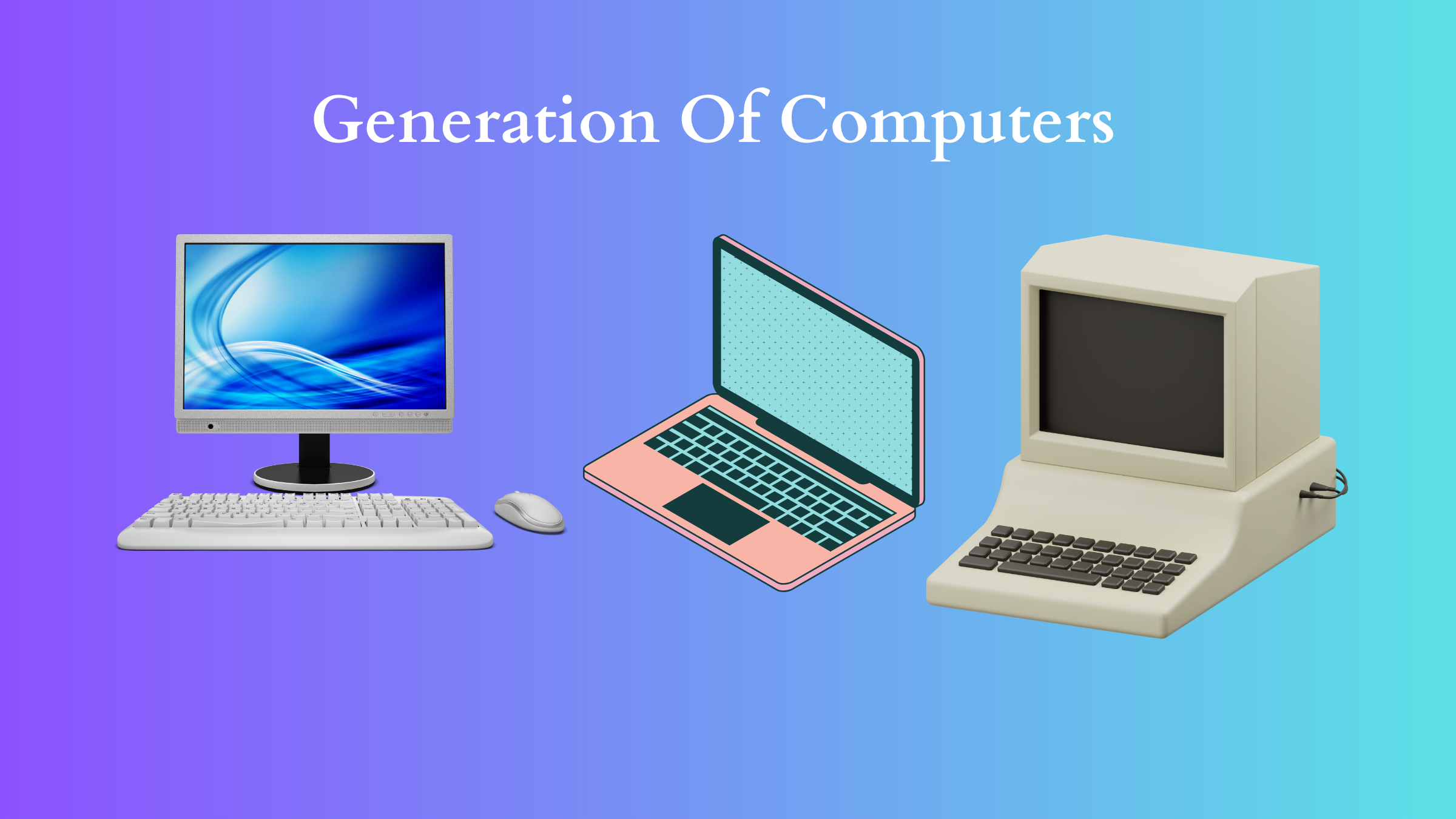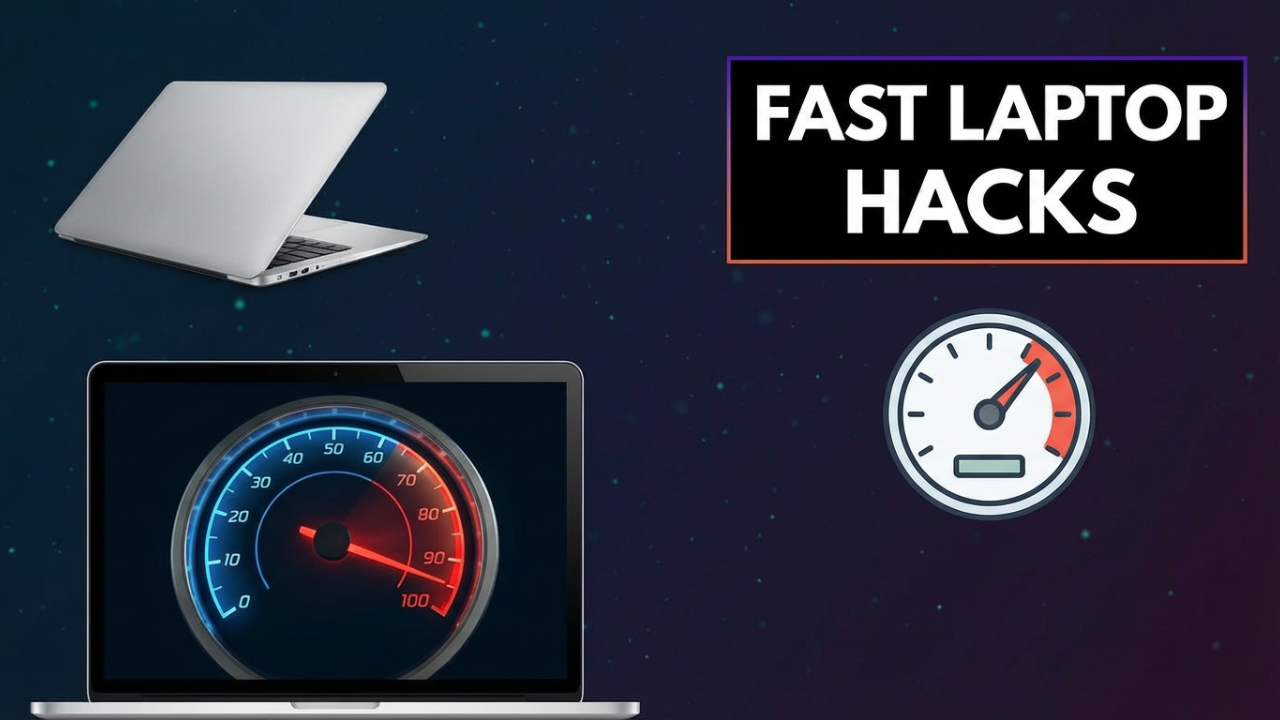The Generation of Computers: A Comprehensive Overview
In the rapidly evolving world of technology, computers stand out as one of the most transformative inventions. Since their inception, they have transitioned through various generations, each characterized by significant advancements in technology, architecture, and functionality. Understanding the generations of computers is essential not only for historians and technologists but also for anyone interested in the societal impact of computing. In this article, we will explore the distinct generations of computers, highlighting their technological characteristics, applications, and implications.

First Generation (1940-1956): Vacuum Tubes
The first generation of computers was marked by the use of vacuum tubes as the fundamental building blocks of their circuitry. These vacuum tubes were large, inefficient, and generated excessive heat, which limited their reliability and performance. Notable examples of first-generation computers include the ENIAC (Electronic Numerical Integrator and Computer) and the UNIVAC (Universal Automatic Computer).
Characteristics:
- Hardware: The computers used vacuum tubes and punched cards for input/output operations.
- Size: These machines were massive, often occupying entire rooms.
- Programming: Programming was done in machine language, which was difficult and error-prone.
Applications:
First-generation computers were primarily used in scientific calculations, military applications, and large-scale data processing. Their complexity and expense limited their accessibility; thus, they were primarily utilized by universities, governments, and large corporations.
Second Generation (1956-1963): Transistors
The introduction of transistors in the late 1950s marked the beginning of the second generation of computers. Transistors were smaller, more reliable, and consumed less power compared to vacuum tubes. This revolution led to computers that were significantly faster, smaller, and cheaper than their predecessors.
Characteristics:
- Hardware: Utilized transistors instead of vacuum tubes, resulting in a much smaller and more efficient design.
- Programming: High-level programming languages, such as COBOL and FORTRAN, began to emerge, making programming more accessible to a wider audience.
- Storage: Magnetic core memory became the primary form of data storage.
Applications:
Second-generation computers found applications in business, scientific research, and academic institutions. The increased efficiency and reduced costs allowed more organizations to invest in computing technology and broadened its reach.
Third Generation (1964-1971): Integrated Circuits
The third generation of computers was defined by the advent of integrated circuits (ICs). These are semiconductor devices that combine multiple transistors into a single unit. This innovation significantly reduced the size and cost of computers while improving their performance and reliability.
Characteristics:
- Hardware: Included multiple transistors in silicon chips, leading to increased processing power and reduced physical size.
- Operating Systems: The development of operating systems allowed users to run multiple applications simultaneously, enhancing functionality.
- Input/Output Devices: More sophisticated input/output devices, such as keyboards and monitors, made interactions with computers much more user-friendly.
Applications:
Third-generation computers were widely adopted in industries, universities, and governments. They enabled a new wave of applications, including database management systems and the early development of software applications that forged the path for modern computing.
Fourth Generation (1971-Present): Microprocessors
The fourth generation of computers is defined by the development of microprocessors, which integrate the functions of a computer’s central processing unit (CPU) onto a single chip. This breakthrough further miniaturized computing technology and made it more accessible for personal use.
Characteristics:
- Hardware: Microprocessors replaced integrated circuits, with millions of transistors housed on a single chip, leading to a significant increase in processing power.
- Personal Computing: Personal computers (PCs) became commonplace due to their affordability and user-friendly interfaces.
- Advancements in Software: The software environment exploded with new operating systems, applications, and programming languages, enriching the user experience.
Applications:
The fourth generation has revolutionized nearly every aspect of daily life. Personal computers made their way into homes, schools, and businesses. This generation has also paved the way for the internet, mobile devices, and a host of new technologies that continue to shape our world.
Fifth Generation (Present and Beyond): Artificial Intelligence
The fifth generation of computers is often synonymous with the development of artificial intelligence (AI) and machine learning (ML). This generation focuses on creating machines that can simulate human thought processes and learn from experiences.
Characteristics:
- Hardware: Enhanced computing capabilities with the introduction of quantum computing, neural networks, and advanced parallel processing.
- AI Technologies: Incorporation of natural language processing, image recognition, and self-learning algorithms.
- Ethical Considerations: A growing emphasis on the ethical implications of AI technologies, including privacy concerns and the impact on jobs.
Applications:
Fifth-generation computers are found in diverse applications such as autonomous vehicles, virtual assistants, healthcare diagnostics, and predictive analytics. They are not only reshaping industries but are also leading to discussions about the future of work, security, and ethical AI usage.
Conclusion
The journey of computer generations reflects the relentless pursuit of innovation and efficiency within technology. Each generation has brought forth new capabilities that have transformed not just computing, but all aspects of human life. As we stand at the threshold of the fifth generation, the potential that computers hold is more profound than ever before. With advancements in AI, machine learning, and quantum computing, the future promises even more remarkable changes in how we interact with technology.
Understanding the history and evolution of computers provides insights into the challenges and opportunities that lie ahead. As technology continues to evolve, the dialogue surrounding its implications will be critical in shaping a society that benefits from its advancements while addressing the risks and ethical concerns that accompany them. The generations of computers serve as a testament to human ingenuity and the ever-growing relationship between technology and society.






